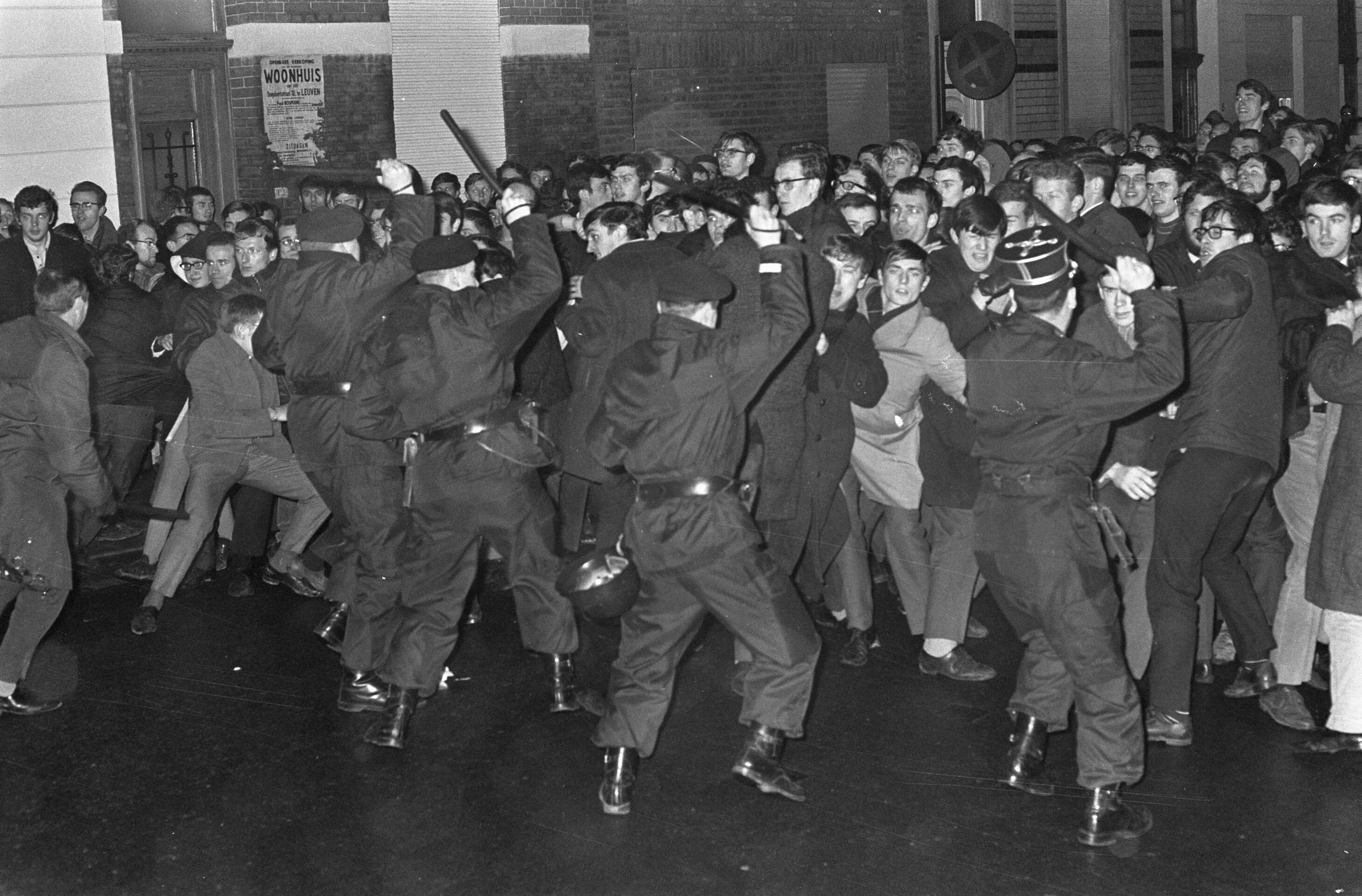BELGIAN NATIONAL WEEK SPECIAL
The linguistic divide: Unraveling Belgium's struggles of identity and autonomy
The events of January 1968 shocked Belgium. In Leuven, French-speaking students and professors, together with their entire faculties, were told to leave the University, which was located in the officially Dutch-speaking part of Belgium.

Protesting Leuven students calling for “Leuven Vlaams” (A Flemish Leuven) being clubbed by Belgian gendarmerie, the paramilitary federal force, on 18 January 1968 at the height of the turmoils. Actions by the government led to the displacement of the French-speaking branches of the Catholic Leuven University to the completely new town of Louvain-la-Neuve.
Copyright © 2025 The Brussels Times. All Rights Reserved.
